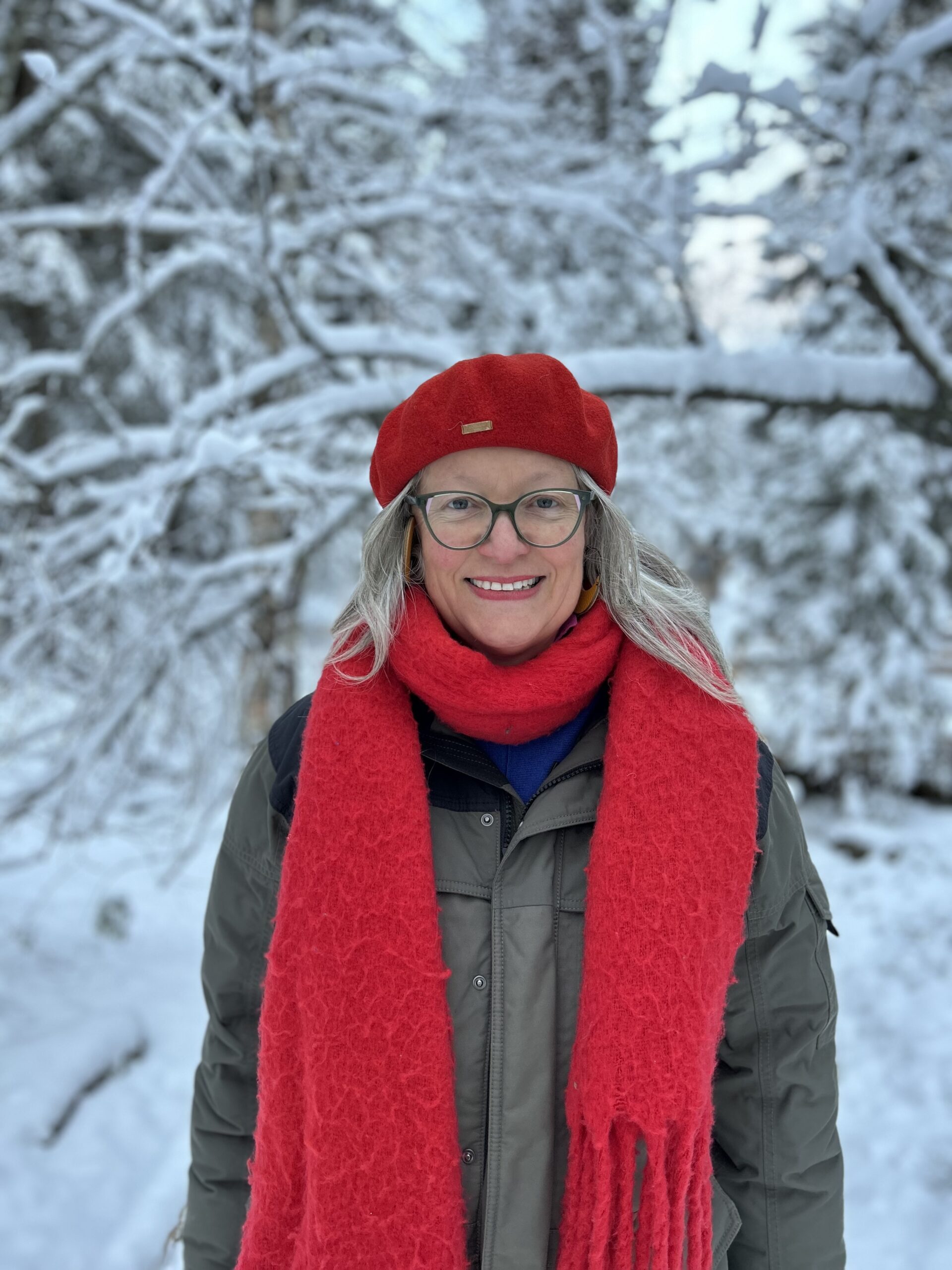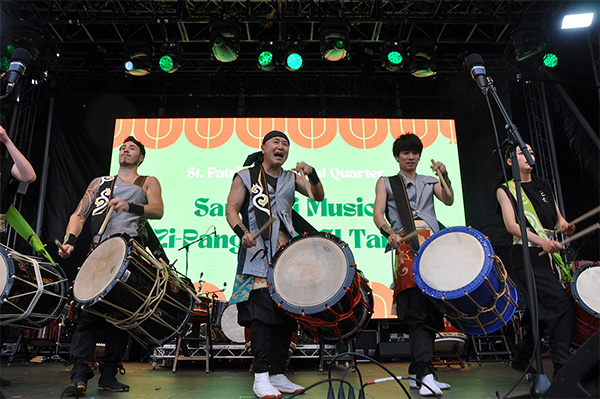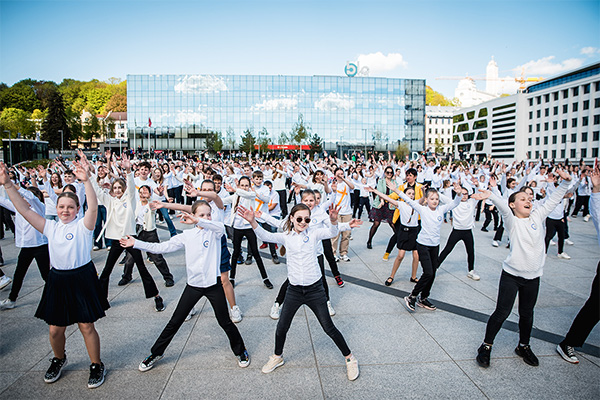Column
ColumnTakahiro Iwasaki’s participation in Climate Clock, Oulu26
Takahiro Iwasaki has been selected by Alice Sharp curator for ‘Climate Clock’ to take part in a permanent public art trail intertwining art, science and nature to inspire environmental awareness and reconnect us with nature’s time:
The climate clock is ticking, the snow is melting, and we are learning anew what our forebears knew – that time is not ours to command; that Nature keeps its own time. For Climate Clock artists work with scientists and reconnect us to Nature’s time. Can they help us escape the tyranny of our fast modern-day time and capture slower time through ideas rooted in the natural world?
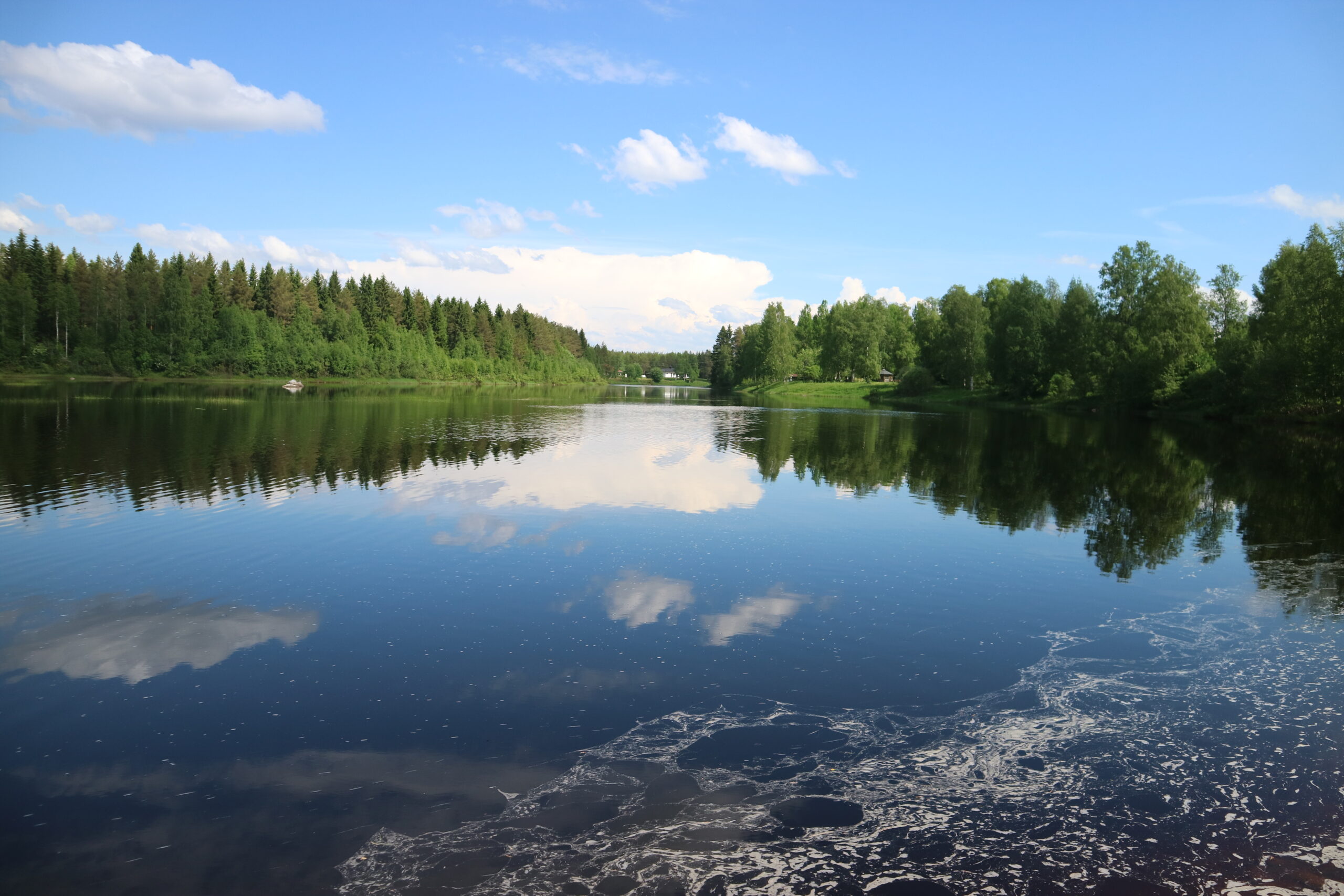
‘Climate Clock’ is a flagship project for European Capital of Culture Oulu 2026 and Takahiro Iwasaki is one of seven artists advised by scientists to give a moment of pause at each location. Oulu is one of the most northern cities in the world, located just below the Arctic Circle. Oulu is part of nature’s winter mirror to climate change, just below the Arctic Circle and warming at four times the rest of the earth. Climate Clock explores how this faster heating is changing the weather and natural systems. These, although part of everyday life and easily taken for granted in Oulu, are extraordinary to visitors. Including the brilliant whiteness of winter with the sun’s low glowing light across the horizon; dark rivers in the undulating snow; ice roads crossing the solid frozen sea and vibrant short hot summers with verdant green; alongside local customs such as fishing on the sea ice dating back to prehistory.
Alice Sharp is interested in Takahiro Iwasaki’s use of the miniature in his installations and also reflections and architecture. She felt his ideas would offer a different perspective of one of the countryside areas of Oulu, Ylikiiminki. Sharp had originally seen his work when he represented Japan at Venice in 2017. Iwasaki’s ‘Turned Upside Down, It’s a Forest’ presented both small scale objects and landscapes but also detailed precise wooden made three-dimensional representation of traditional Japanese pavilions.
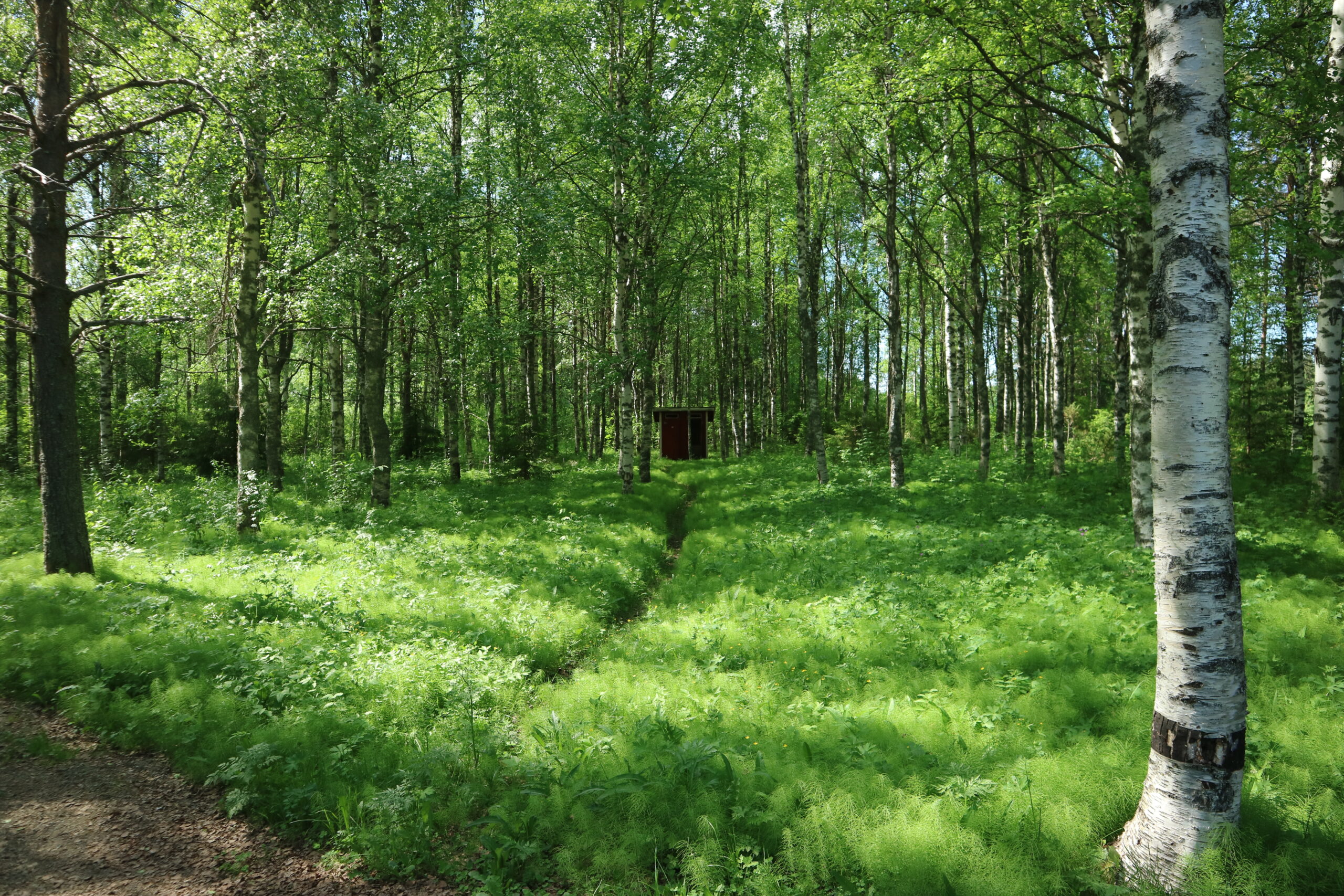
She was also impressed by his work in many international exhibitions including the Seoul Museum of Art in South Korea, the Moscow Museum of Modern Art in Russia, the Queensland Art Gallery in Australia, and the Palais de Tokyo in Paris, France.
Alice Sharp, Claudia Woolgar International producer and Oulu2026 invited Takahiro Iwasaki on a site visit to Oulu, for him to spend time in the City and visit the location for his artworks Ylikiiminki to enable him to think about the setting. When he arrived in the month of March (2024) he was amazed to see the snow was still thick on the ground.
When we first arrived at Ylikiiminki the first thing we saw was the beautiful church designed and built by a famous eighteenth-century Finnish architect Jacob Rijf. We were kindly shown inside by a local man and were delighted to see the beautiful historic interior with its wooden pulpit and carved ceiling. Iwasaki was immediately drawn to the Ylikiiminki church’s symmetrical shape from the outside; Jacob Rijf was trained in the neoclassical tradition and followed the Golden Rule, echoing the symmetry of nature.
Behind the church is the Kiiminki River which was frozen solid and we found a location for his future sculpture in a small field where the families swim in the Summer.
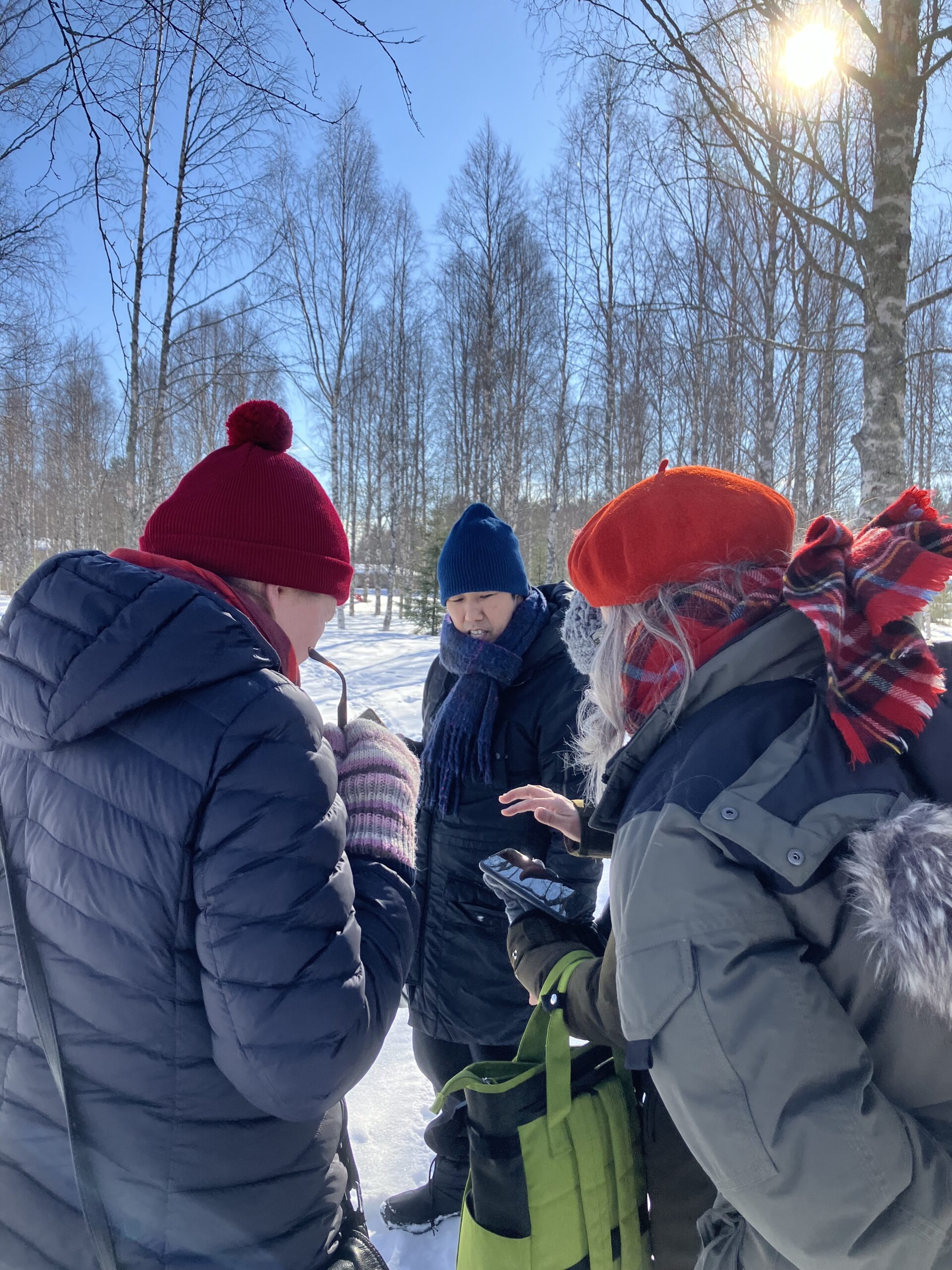
When we walked across the snow in the nature area it was like flying as we were walking over the snow about a meter up from the ground! Our Oulu26 Finnish friends explained that this was a phenomenon when the top layer of snow freezes hard in the late Winter around March/April and occasionally as we found out your foot goes through the top layer and down into the snow towards the ground which is a bit of a shock!
The location is also the site for a local traditional Summer annual tar festival. In the past tar made in Oulu through taking sap from local trees and then burnt slowly in huge burning mounds was exported all over the world for use to seal and waterproof large ships.
There was much for Takahiro Iwasaki to think about and the next stage of his idea development was to want to explore the snow. Alice Sharp did research on suitable scientists to collaborate with Iwasaki and found Oulu University snow hydrologist Pertti Ala-aho who also grew up in Ylikiiminki. Through a number of online meetings with Alice and Pertti Ala-aho Takahiro Iwasaki learnt about his scientific research to measure the water content of the snow to know whether the rivers will be full, if there will be flooding and whether there will be enough water for both humans and nature. With Climate Change he said the measurements show the snowfall is changing, both its water density and water content. Takahiro Iwasaki really liked his measurement of the snow’s density in pits with pencils and fingers as well as scientific instruments and he was inspired by Pertti Ala-aho’s beautiful images of snow crystals.
Takahiro Iwasaki was very thoughtful after the visit and meeting the scientist. He said “Scientists see things that often go unnoticed by the ordinary eye. Sometimes, they watch the snow with the perspective of a bird, and other times, with the focus of an insect. After talking with Pertti Ala-aho about his research on snow, I was reminded of the quiet wonder that we stand on a blanket of countless tiny structures, crafted in the atmosphere’.

